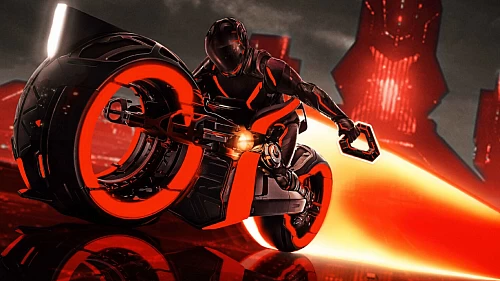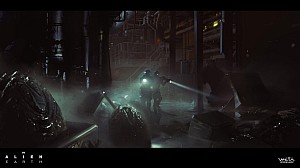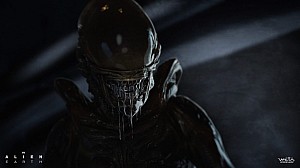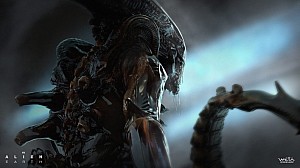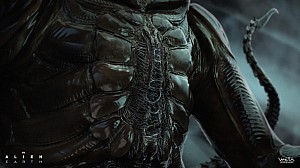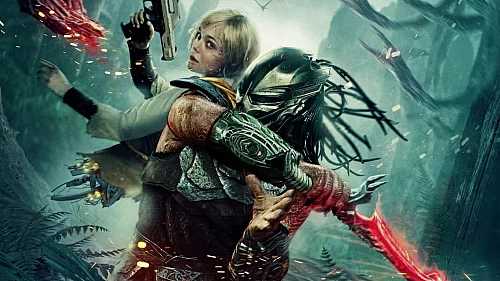This post was published by a guest. The views expressed are those of the author and do not necessarily reflect the views of Scified.com.
Movie posters have long been one of the most powerful forms of visual storytelling. Before a single scene appears on screen, a poster has the job of capturing a movie’s essence — its emotion, genre, and personality — all within a single image. Over the years, movie posters have evolved from simple promotional tools into collectible works of art that define eras, styles, and even cultural movements.
A Brief History of Movie Posters
The first movie posters appeared in the late 19th century, when cinema was still new. Early designs were hand-painted, often featuring theatrical illustrations rather than actual stills from the film. In the 1920s and 1930s, during Hollywood’s “Golden Age,” posters became more sophisticated, introducing dramatic typography and portraits of the leading stars.
By the 1950s and 1960s, posters had become iconic pop culture symbols — think of Psycho, Breakfast at Tiffany’s, or Star Wars. These designs weren’t just about selling tickets; they shaped how audiences imagined the film before they even stepped into the theater.
Design Elements That Make Movie Posters Stand Out
A great movie poster communicates a film’s tone instantly. Designers use several key elements to achieve this:
- Imagery: Strong central visuals, whether it’s a character’s face (The Joker), a mysterious landscape (Inception), or an abstract symbol (Oppenheimer).
- Color: Dark tones for thrillers, warm palettes for romance, bold contrasts for action — color instantly signals emotion.
- Typography: The font style often reflects the movie’s genre. Classic serif fonts for dramas, bold block letters for action films, handwritten styles for indie or romantic stories.
- Composition: Where the eye lands first — the balance between image and text — determines the impact of the design.
Digital Age and Modern Trends
With the rise of digital marketing, movie posters have adapted to new formats. Now, posters are designed not only for theater walls but also for Instagram feeds, YouTube thumbnails, and streaming platforms. Motion posters — short, animated versions — have also become popular, blending static art with moving visuals.
Despite the digital shift, the core purpose remains the same: to make you feel something before you even see the movie.
Collectors and the Cultural Value of Posters
Today, movie posters are treasured by fans and collectors. Vintage posters for classics like Casablanca, Jaws, or Pulp Fiction can sell for thousands of dollars. For many, owning a poster isn’t just decoration — it’s a piece of cinematic history.
Conclusion
Movie posters are where art meets storytelling, and design meets emotion. They serve as the visual heartbeat of cinema — sparking curiosity, nostalgia, and excitement in just a single glance. Whether printed on a theater wall or glowing on a digital screen, a well-designed poster continues to remind us why we love the movies in the first place.

Stranger Things Season 5 premieres November 26th & episodes are over an hour long!
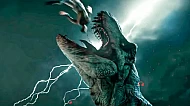
Primitive War 2: A sequel is currently being written!
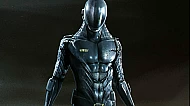
Murderbot (2025) series official SecUnit concept art by Dane Hallett!

Not Bad For a Human – the Lance Henriksen autobiography is back after 10 years with new features!


